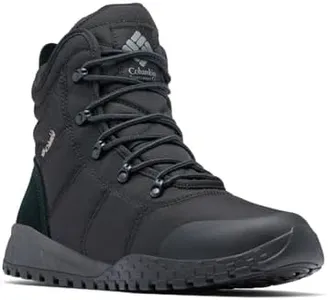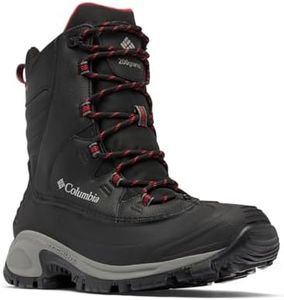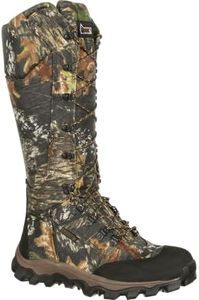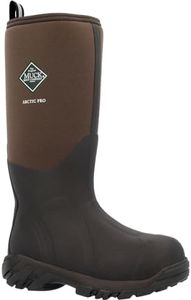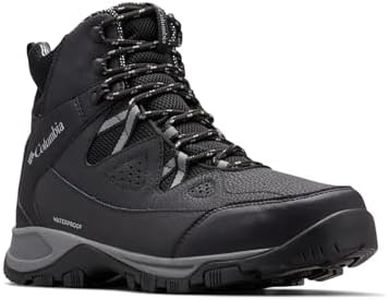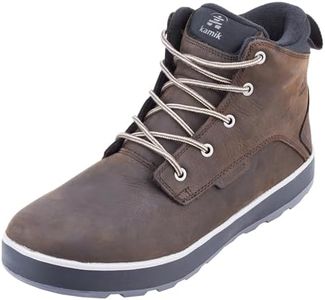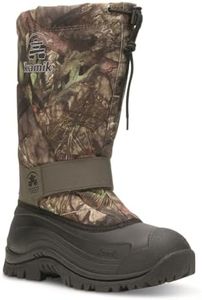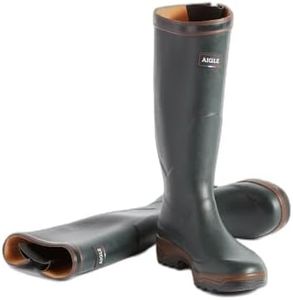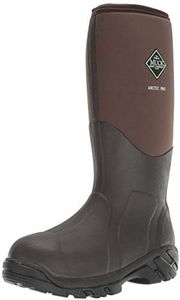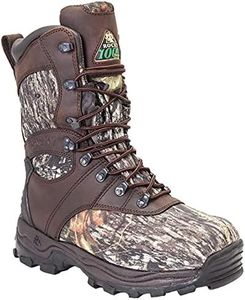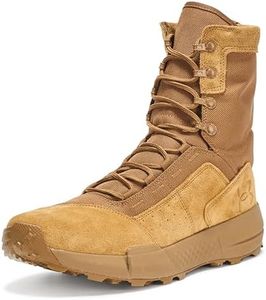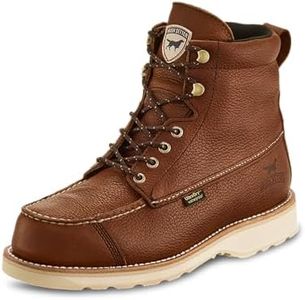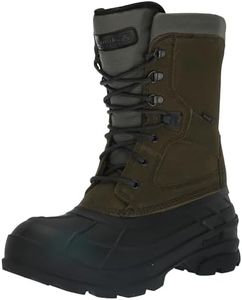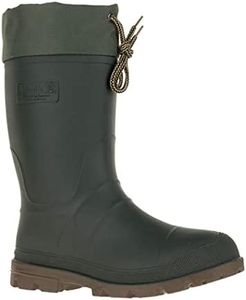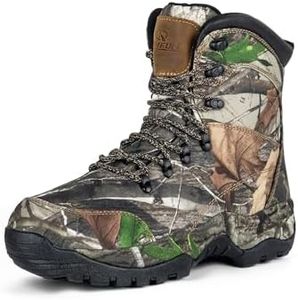We Use CookiesWe use cookies to enhance the security, performance,
functionality and for analytical and promotional activities. By continuing to browse this site you
are agreeing to our privacy policy
10 Best Hunting Boots
From leading brands and best sellers available on the web.Buying Guide for the Best Hunting Boots
Choosing the right hunting boots is crucial for comfort, safety, and effectiveness out in the field. The right pair will keep your feet dry, warm, and protected, whether you're walking long distances or waiting in a deer stand for hours. Start by considering where and when you’ll be hunting, the local terrain, and the typical weather conditions. Boots should fit well and match your activity level, helping you avoid blisters or fatigue and keeping you focused on the hunt rather than your feet.InsulationInsulation in hunting boots keeps your feet warm in cold weather by trapping heat. Measured in grams (like 400g, 800g, or 1200g), higher numbers mean more warmth. Lightweight insulation (under 400g) is good for active hunting or mild weather, while midweight (400g–800g) is suitable for cooler days or slower activity. Heavy insulation (above 800g) provides maximum warmth for cold, still hunts. Pick insulation based on how cold it gets where you hunt and how much you move—more insulation for colder, stationary hunts, less if you’re active or in milder conditions.
WaterproofingWaterproofing keeps your feet dry in wet environments, using materials like Gore-Tex or rubber. Fully waterproof boots are essential in swampy, rainy, or snowy conditions, while water-resistant boots might suffice for dry climates or short trips through wet grass. Consider how much water you expect to encounter—if you’re often in wet areas or crossing streams, prioritize waterproof boots. For drier environments, focus more on breathability or weight.
HeightThe height of hunting boots affects both protection and comfort. Taller boots (10 inches or more) shield against water, debris, and snake bites, useful in marshy, brushy, or snake-prone areas. Medium-height boots (around 8 inches) balance protection and flexibility, suitable for general use in mixed terrain. Lower boots (under 8 inches) provide more mobility and are better for light, dry terrain. Choose higher boots for extra protection in demanding environments and shorter for ease when you need to move fast or far.
MaterialHunting boots are made from various materials like leather, rubber, or synthetics, affecting durability, weight, and comfort. Leather is durable and molds to your foot but can be heavier, ideal for rugged terrains. Synthetic materials are lighter and may dry faster, great for active hunts. Rubber boots offer the best waterproofing and are easy to clean, excellent for wet or muddy conditions. Choose the material that matches your terrain and hunting style: leather for tough, rocky ground; synthetics for lightweight mobility; rubber for complete waterproofing.
Fit and ComfortA proper fit prevents blisters, foot pain, and fatigue. Boots should have enough room for your toes to move but not so loose they cause slipping. Try on boots with hunting socks to ensure comfort. A snug heel, ample arch support, and a secure fit all contribute to comfort over long days. Everyone’s feet are different, so prioritize trying on different styles and walking around in them before committing. Your comfort in the field depends on a good fit more than any other feature.
TractionThe tread pattern and sole material affect grip and stability in different terrains. Aggressive, deep lugs are better for muddy, rocky, or loose ground, while flatter, less pronounced treads work well on packed trails or grassy fields. Consider the primary terrain you'll encounter; choose more traction for slick, hilly, or unpredictable surfaces, and less intense tread for flat, easy walking.
